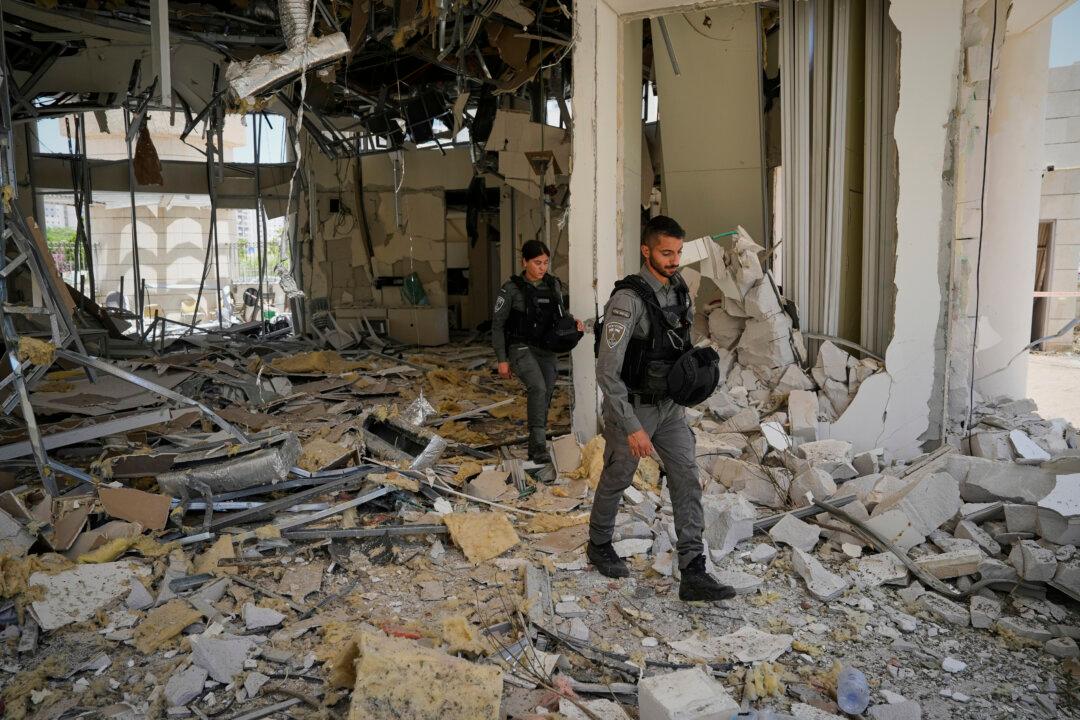A report on the wildfire that destroyed the British Columbia village of Lytton concludes the disaster couldn’t have been stopped, even with an area-wide emergency response.
The report, published this month by the Institute for Catastrophic Loss Reduction, says scientists found the root cause was “easily ignitable structures and homes, and not just a wildfire problem.”





